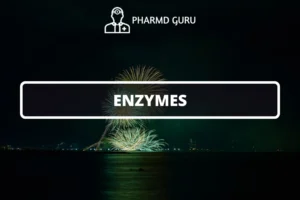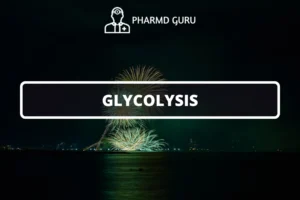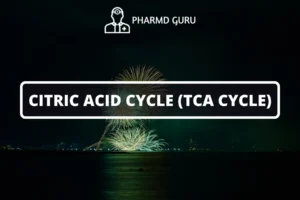The test for NPN constituents (Non-Protein Nitrogen) is a diagnostic examination that measures the levels of nitrogen-containing compounds in the blood. These compounds include urea, creatinine, uric acid, and ammonium ions, which are considered waste products resulting from normal metabolic processes. Measuring NPN constituents provides valuable insights into kidney function, liver function, and overall metabolic health. In this article, we will explore the significance of NPN constituents, the tests involved, and what their levels indicate about an individual’s health.
SCROLL DOWN TO THE BOTTOM OF THE PAGE FOR ACTUAL NOTES
Table of Contents
- Introduction to NPN Constituents
- Significance of NPN Constituents
- Common Tests for NPN Constituents
- 3.1 Blood Urea Nitrogen (BUN)
- 3.2 Creatinine
- 3.3 Uric Acid
- 3.4 Ammonia
- Indications and Applications of NPN Constituent Tests
1. Introduction to NPN Constituents
Non-Protein Nitrogen (NPN) constituents refer to nitrogen-containing compounds in the blood that are not derived from protein breakdown. These compounds are waste products generated by normal metabolic processes and are primarily eliminated from the body through the kidneys. Measuring NPN constituents through diagnostic tests helps assess kidney function, liver function, and overall metabolic health.
2. Significance of NPN Constituents
NPN constituents are significant indicators of various physiological processes and health conditions:
- Kidney function: Elevated levels of NPN constituents can suggest impaired kidney function, as the kidneys are responsible for excreting these waste products from the body.
- Liver function: Some NPN constituents, such as ammonia, can indicate liver dysfunction, as the liver is involved in the breakdown and detoxification of nitrogenous waste products.
- Metabolic health: Abnormal levels of NPN constituents can indicate metabolic imbalances, such as impaired protein metabolism or increased purine breakdown.
3. Common Tests for NPN Constituents
Several tests are commonly used to measure NPN constituents in clinical settings:
3.1 Blood Urea Nitrogen (BUN)
The Blood Urea Nitrogen (BUN) test measures the level of urea nitrogen, a waste product of protein metabolism, in the blood. Elevated BUN levels may indicate impaired kidney function or dehydration, while low levels can occur in liver disease or malnutrition.
3.2 Creatinine
The creatinine test measures the level of creatinine, a waste product produced by muscle metabolism, in the blood. Creatinine is filtered out of the blood by the kidneys, so elevated levels may indicate impaired kidney function or decreased filtration rate.
3.3 Uric Acid
The uric acid test measures the level of uric acid, a byproduct of purine metabolism, in the blood. Elevated uric acid levels can indicate conditions such as gout or impaired kidney function, as the kidneys play a role in uric acid excretion.
3.4 Ammonia
The ammonia test measures the level of ammonia, a byproduct of protein metabolism, in the blood. Elevated ammonia levels can indicate liver dysfunction or impaired ammonia detoxification.
4. Indications and Applications of NPN Constituent Tests
Tests for NPN constituents have several indications and applications in healthcare:
- Assessing kidney function: NPN constituent tests, such as BUN and creatinine, help evaluate kidney function and detect conditions such as acute kidney injury or chronic kidney disease.
- Monitoring liver function: The ammonia test aids in assessing liver function, particularly in conditions such as cirrhosis or hepatic encephalopathy.
- Diagnosing and managing gout: Measuring uric acid levels helps diagnose and monitor gout, a condition characterized by elevated uric acid levels and crystal formation in joints.
- Detecting metabolic imbalances: NPN constituent tests can provide insights into metabolic imbalances, guiding the diagnosis and management of conditions related to protein metabolism or purine breakdown.
ACTUAL NOTES




